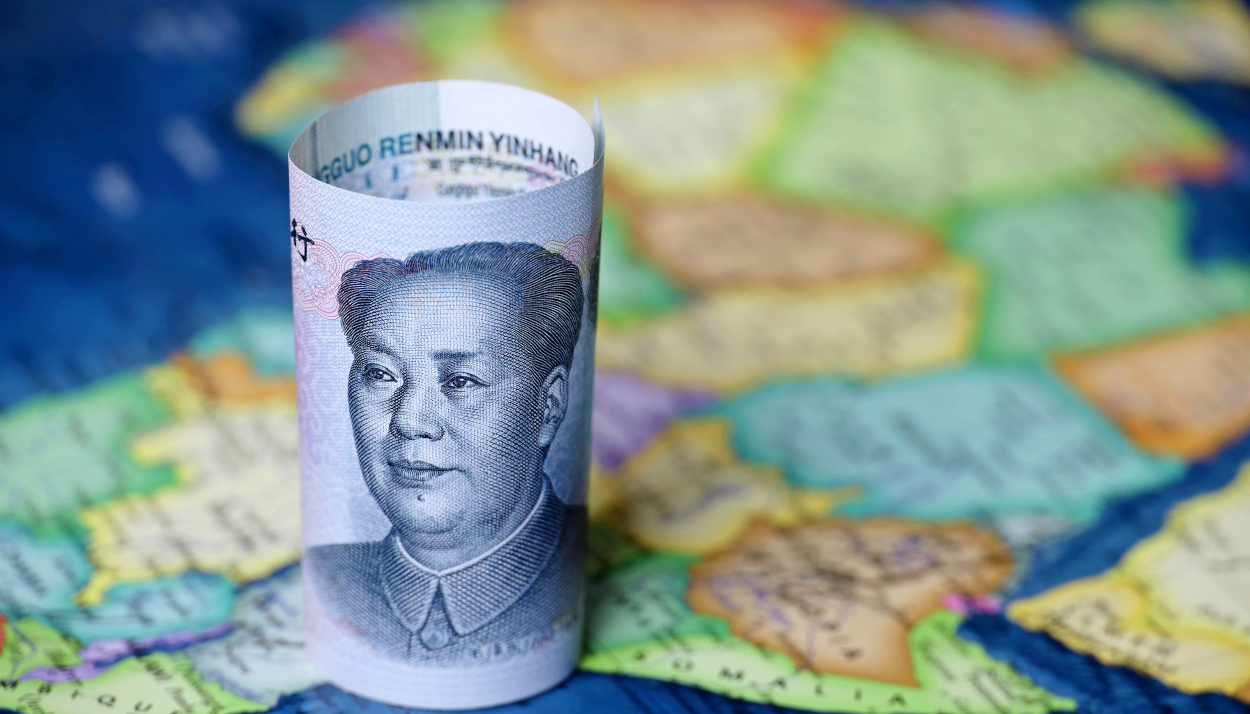China-Africa relations: China pledges an increase in financial commitments to Africa at the Forum on China-Africa Cooperation Summit

Highlights
- China announces USD 50.7 billion in new commitments to Africa at the Forum on China-Africa Cooperation Summit.
- China’s approach to granting loans is changing, with a greater focus on smaller projects in more targeted areas.
- Africa has high financial needs, but is already facing an elevated degree of indebtedness.
- Levels of external debt are an important driver of Credendo’s medium- to long-term political risk classification.
Chinese commitments to Africa increase once more after six years of decline
The 2024 edition of the three-yearly Forum on China-Africa Cooperation Summit concluded in Beijing on 6 September. China’s President Xi Jinping resolved to commit CNY 360 billion (USD 50.7 billion) in financial assistance over the next three years: CNY 210 billion through credit lines and at least CNY 70 billion in investments by Chinese companies, with military aid and other projects making up the rest.
This pledge represents a significant increase from the commitments made at the previous China-Africa Summit in 2021, where China pledged USD 10 billion in credit lines and another 10 billion in investment. This might signal a renewed focus for China on the African continent.
A similar picture emerges from the Chinese Loans to Africa Database compiled by researchers at Boston University's Global Development Policy Center, which shows that the value of Chinese new loans to the continent peaked in 2016, at USD 28.8 billion, and then decreased year on year, reaching USD 1 billion in 2022. However, the decreasing trend ended in 2023, when new loans increased to USD 4.6 billion.
A different approach to loan granting
China’s approach to loan granting has also changed. The size of individual loans has decreased as the country moves to a ‘small is beautiful’ approach, which aims to provide support to smaller and more targeted projects, preferably with beneficial environmental impacts and thereby creating demand for Chinese green technologies. Some of last year’s lending illustrates this shift, such as a USD 240 million loan for a hydropower plant in Madagascar and a USD 50 million loan for a solar power plant in Burkina Faso.
A further change that has been witnessed is a shift away from countries with a high degree of risk, such as Ethiopia, the Democratic Republic of Congo, South Sudan, Zambia and Zimbabwe (all of which are classified in category 7/7 in Credendo’s medium- to long-term political risk classification). Countries with better finances, such as Senegal and Côte d'Ivoire, are benefiting from this shift.
A continent caught between high financing needs and extensive financial vulnerabilities
African countries have high financing needs – the African Development Bank estimates that between USD 130 billion and USD 170 billion is required for infrastructure development each year. In this context, China’s financing is welcome, but many countries on the African continent are already facing significant challenges related to debt sustainability. According to the Debt Sustainability Analysis for Low-Income Countries (LIC DSA) produced by the IMF and the World Bank, of the 38 low-income countries south of the Sahara that have been categorised, 7 are currently in distress and 16 have a high risk of debt distress; there are no countries with a low risk of debt distress.
Since 2020, several countries have defaulted on their public debt, which is notably the case for Zambia, Ghana, Malawi and Ethiopia. So far, the restructuring process has proven to be very complex and lengthy, which has had negative impacts on the economies of debtor countries.

Moreover, the recent protests in Kenya – one of the top five Chinese loan recipients between 2000 and 2023 along with Angola, Ethiopia, Egypt and Nigeria – highlight the challenges facing authorities that try to consolidate their public finances in a fragile social context.
The recent experiences regarding lengthy debt restructuring and tough fiscal consolidations highlight the difficult choices facing authorities in a continent where infrastructure needs are high and debt sustainability has deteriorated. To maintain debt at a sustainable level, it is key to invest in projects that contribute positively to the economy and therefore are able to generate enough future revenues.
The impact on Credendo’s MLT political risk classification
Credendo pays close attention to a country’s level of external debt, especially in relation to the size of its current account receipts. Indeed, the level of indebtedness is a key driver of a country’s capacity to pay back its external debt in the medium to long term, and thus Credendo continues to monitor closely any evolution of indebtedness as well as the capacity of countries to generate sufficient revenues to honour their debt in the long term.
Analyst: Jonathan Schotte – j.schotte@credendo.com